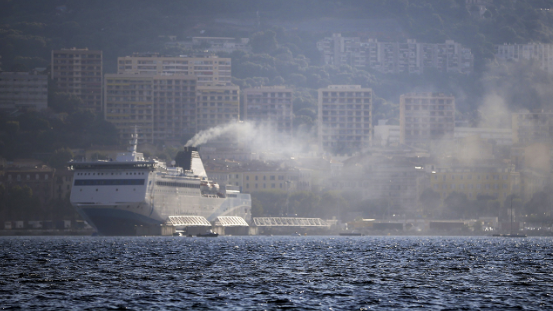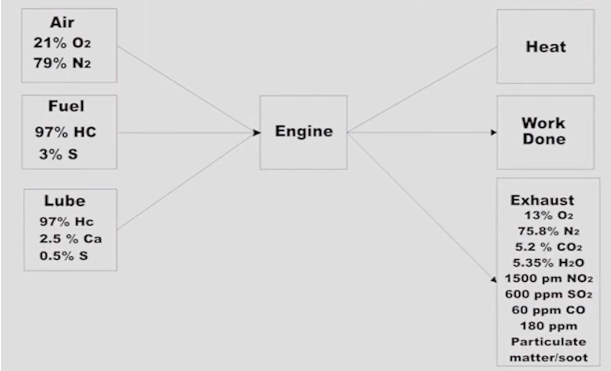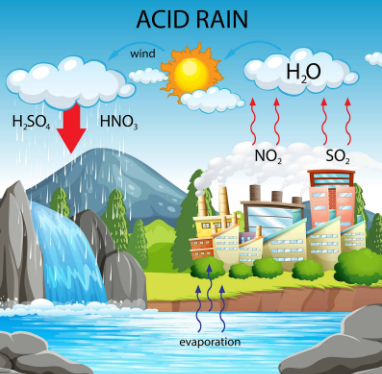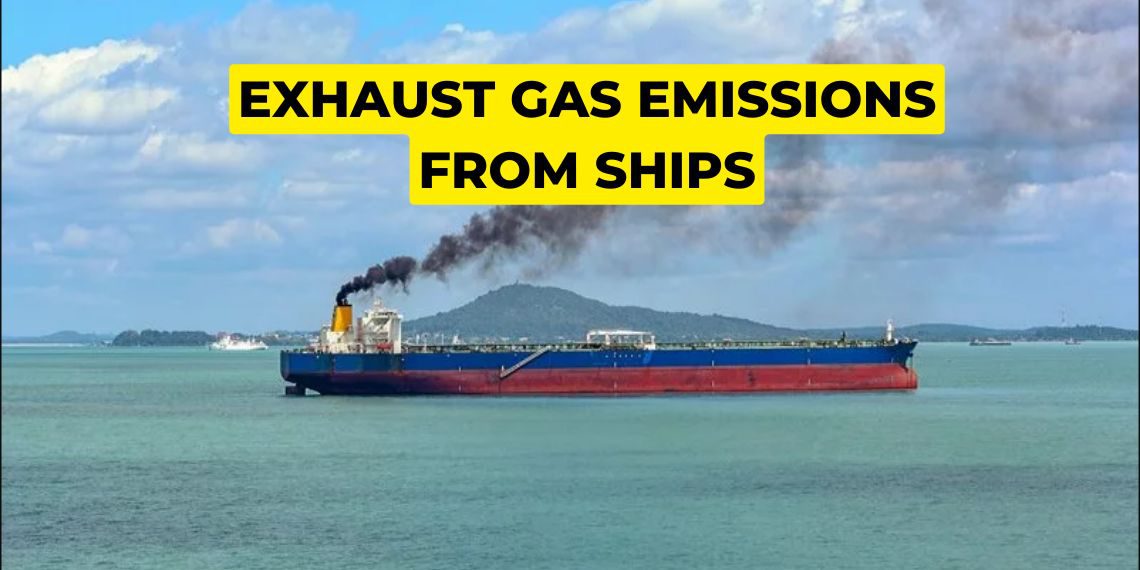What is Exhaust Gas Emission From Ships? | What is SOx | What is NOx| Effects of Exhaust gas Emission on atmosphere ?
What are exhaust gas emissions?
As a product of combustion in an IC engine there will be three products namely Work(40%), Heat(30%) and Exhaust Gas(30%). Gases which form as a byproduct of the combustion inside an engine are known as IC emissions.
Where are the exhaust gases produced in the ships?
Inside the ships there are many machines which burn fuel in order to produce energy, these are the the parts that produce exhaust emissions such as Main Engine, Auxiliary Engine and Incinerator.

Why are exhaust emissions from ships harmful for the atmosphere?
Exhaust emissions should be reduced from engines because it leads to air pollution which has several adverse effects on the environment.
Fuel and Exhaust Gas Composition

As you can see exhaust gas contains around 13% oxygen, 75.8% nitrogen, 5.2% carbon dioxide, 5.3% water vapour, 1500 ppm NO2, 600 ppm SO2, 60 ppm CO, 180 ppm Particulate matter. Among all the constituents of the exhaust gas, NO2, SO2, CO, CO2 and particulate matter all are major causes of air pollution. Let us know about them in detail below:
What are the main pollutants in IC engine exhaust emissions and what are its negative effects?
The main pollutants of exhaust gas emissions are:
SOx
Higher percentage of Sulphur in the fuel used will lead to more SO₂ and SO₃ formation which can react with water in the atmosphere to form Sulphuric Acid (H₂SO₄), this excess of sulphuric acid in the the atmosphere will eventually come down as Acid Rain. As time progresses regulations become more strict and the amount of sulphur allowed in the fuel keeps decreasing.
NOx
NO₂ is a primary pollutant but it is also a contributing component towards the formation of secondary pollutants like ozone, when NO₂ molecule is hit by sunlight it splits and releases an O- ion which combines with oxygen to form ozone.
Both NO and NO₂ are formed during high-temperature combustion in the engine, when oxygen combines with nitrogen(at temperatures above 2700°F). Nitrogen oxides (NOx) react to form smog and acid rain
In Order to control the amount of NOx produced the engine must be redesigned so that the temperature can be kept below 2700°F.
COx
Both CO₂ and CO emissions are inevitable so the only way to decrease its emissions is by ensuring that the engine is running as efficiently as possible so that less fuel is consumed for travelling the same distance.
CO₂ is the leading factor in global warming and there are a lot of serious health issues caused by breathing in CO.
Particulate Matter(PM)
Particulate Matter is made up of particles (tiny pieces) of solids or liquids that are in the air. Exposure to fine particles can cause short-term health effects such as eye, nose, throat and lung irritation, coughing, sneezing, runny nose and shortness of breath.
What are the major consequences of air pollution?
Smog
Smog is air pollution that reduces visibility. The term “smog” was first used in the early 1900s to describe a mix of smoke and fog.

Acid Rain
Acid rain is caused by a chemical reaction that begins when compounds such as sulphur dioxide and oxides of nitrogen are released into the air. These substances can rise very high up into the atmosphere, where they mix and react with water, oxygen, and other chemicals to form more acidic pollutants called acid rain.

Note:
If you want to learn more about this topic, we suggest checking out our Combo package with the given link https://www.merchantnavydecoded.com/courses/c/ . It’s a great way to dive deeper into the subject through video explanations. This package covers all the important details and presents them in an easy-to-understand format. Watching the videos will help you grasp the topic better and make learning more enjoyable. So, we highly recommend giving our Combo package a try to enhance your knowledge on the subject.
Disclaimer :- The opinions expressed in this article belong solely to the author and may not necessarily reflect those of Merchant Navy Decoded. We cannot guarantee the accuracy of the information provided and disclaim any responsibility for it. Data and visuals used are sourced from publicly available information and may not be authenticated by any regulatory body. Reviews and comments appearing on our blogs represent the opinions of individuals and do not necessarily reflect the views of Merchant Navy Decoded. We are not responsible for any loss or damage resulting from reliance on these reviews or comments.
Reproduction, copying, sharing, or use of the article or images in any form is strictly prohibited without prior permission from both the author and Merchant Navy Decoded.



